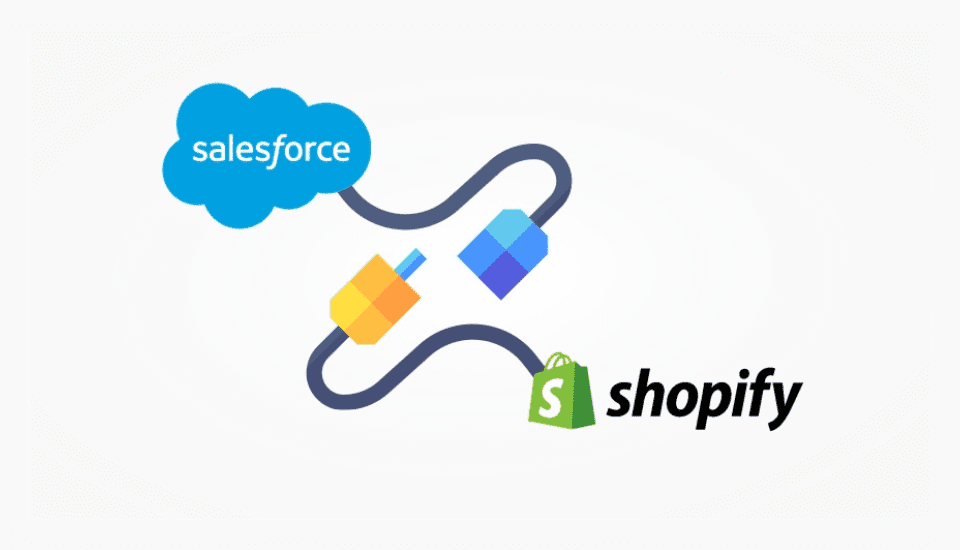Shopify is a popular e-commerce platform used by businesses to sell their products and services online. Salesforce is a customer relationship management (CRM) platform that helps businesses manage their customer interactions and sales processes. Integrating Shopify with Salesforce can help streamline your e-commerce operations and improve the overall customer experience. In this article, we’ll discuss easy methods for integrating Shopify with Salesforce.
What is Salesforce Shopify Integration?
Shopify to Salesforce integration is the process of connecting your Shopify store with Salesforce’s CRM platform. This integration allows you to transfer data between the two platforms, such as customer information, orders, products, and sales data. By integrating Shopify with Salesforce, you can streamline your business processes, improve customer engagement, and make better decisions based on real-time data.
Easy Methods for Salesforce Shopify Integration
Here are three easy methods for integrating Shopify with Salesforce:
Method 1: Use a Third-Party Integration Tool
One of the easiest ways to integrate Shopify with Salesforce is to use a third-party integration tool, such as Zapier or Workato. These tools allow you to create automated workflows that transfer data between the two platforms. To use a third-party integration tool, you’ll need to sign up for an account and connect your Shopify and Salesforce accounts. Then, you can create a workflow that triggers when a certain event occurs in one platform, such as a new order in Shopify, and automatically transfers data to the other platform, such as creating a new lead in Salesforce.
Method 2: Use Salesforce Shopify Integration App
Shopify offers its own Salesforce integration app, which allows you to sync customer data and order data between the two platforms. The app is free to download and can be installed directly from the Shopify app store.
To use the app, you’ll need to install it in your Shopify store and connect it to your Salesforce account. Then, you can configure the settings to determine which data to sync between the two platforms.
Method 3: Use a Custom Integration
If you have specific integration requirements that can’t be met by a third-party integration tool or Shopify’s Salesforce integration app, you can build a custom integration. This method requires more technical expertise and development resources, but it allows you to create a tailored Shopify app solution that meets your unique needs.
To build a custom integration, you’ll need to hire a developer or development team with experience in integrating Shopify and Salesforce. They’ll work with you to understand your requirements and build a solution that integrates the two platforms seamlessly.
Benefits of Shopify to Salesforce Integration
Salesforce Shopify Integration can offer several benefits for your business, including:
- Streamlined operations: By syncing customer and order data between Shopify and Salesforce, you can streamline your business processes and reduce manual data entry.
- Improved customer engagement: With access to real-time customer data, you can personalize your marketing and sales efforts to improve customer engagement and loyalty.
- Better decision-making: By combining sales and e-commerce data in one platform, you can gain valuable insights into customer behavior and make data-driven decisions.
- Increased efficiency: By automating workflows between Shopify and Salesforce, you can free up your team’s time and resources to focus on higher-value tasks.
Conclusion
Shopify to Salesforce integration can help improve the efficiency of your e-commerce operations and enhance the customer experience. By using a third-party integration tool, Shopify’s Salesforce integration app, or a custom integration, you can seamlessly transfer data between the two platforms and gain valuable insights into customer behavior. With the easy methods outlined above, you can integrate Shopify with Salesforce in no time.


